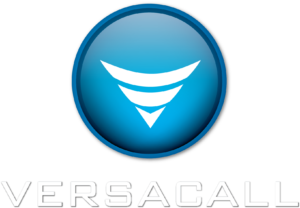IT - Virtual Server Requirements
From VersaVision Support
The information provided below is intended for the IT Department when they are providing a Virtual Server to accept the VersaVision software from VersaCall.
The VersaVision software is a system that enhances the notification of issues through Communications, Escalations and Real-Time Information (Dashboards & Audio/Visual).
All user interfaces to the software are primarily web-based. This means a user can access information from a web browser.
Operating System - Linux
- Ubuntu Server (20.04 LTS, 22.04 LTS)
- Red Hat Enterprise Linux (9.2)
vCPU's - 4
RAM - 16 GB
Storage - 128 GB (256 Recommended)
Additional Information - requires a Static IP or DHCP reservation.
VersaVision uses a variety of services, databases and other components to run. All of these components operate in a containerized environment using the Docker Engine. Operating system is a Linux base (Ubuntu Server). The databases, behind the system, are internal to the system and exposed via APIs. Front end web pages communicate to the system through the relevant APIs.
VersaCall does not have a specific backup requirement, we always recommended that backups be completed frequently to preserve data. When using a virtual server, we recommend using standard backups of images that are typically built in to the virtual server.

